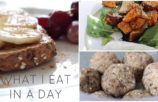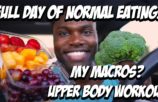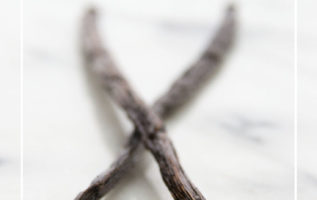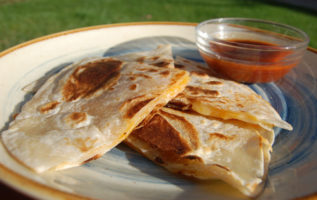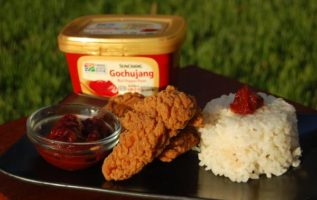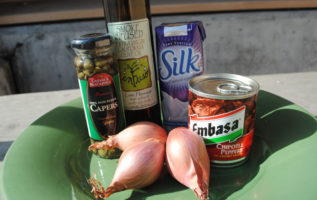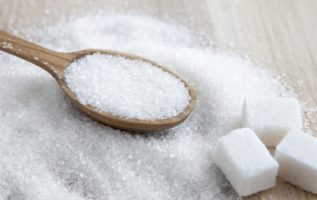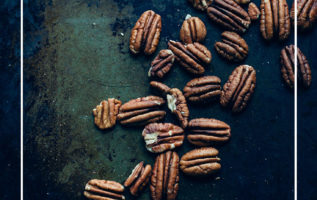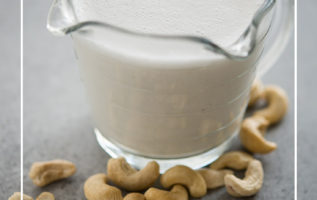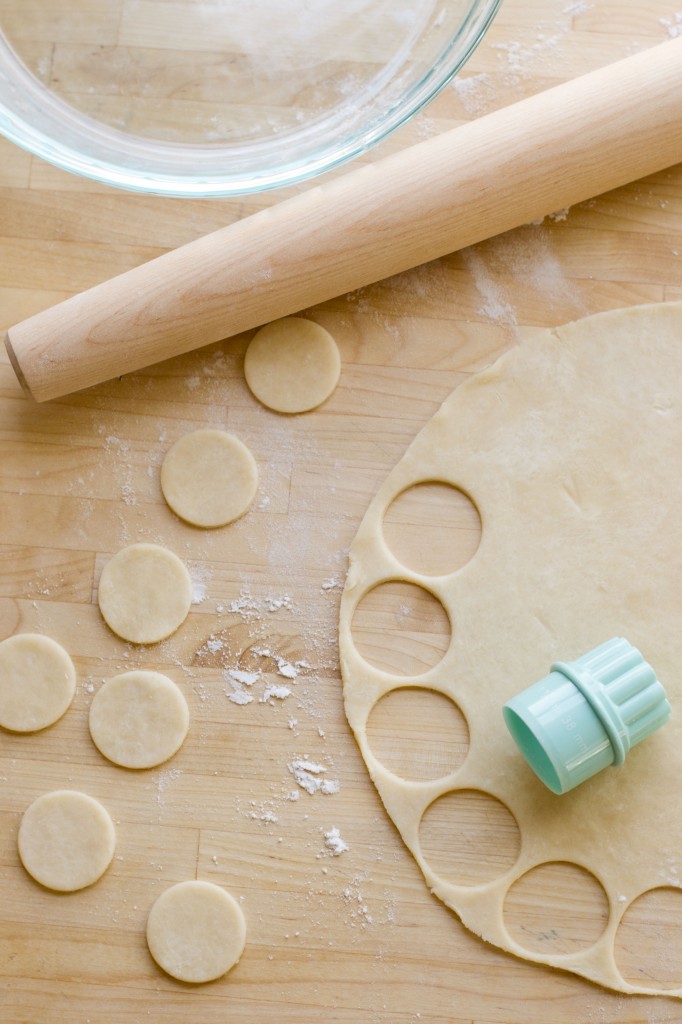
Let’s say you’re about to make cookies or pie crust. You gather all your ingredients, but, alas, you are fresh out of butter. You rifle through your cabinets and dig out the tub of Crisco. Can you substitute it or is a trip to the store in order?
WHAT’S THE DIFF?
So, obviously butter comes from cows and shortening comes from plants (I am, of course, referring to so-called “vegetable” shortening, not any kind of animal-fat-based shortening.) Butter has a distinct (read: delicious) flavor, while shortening tastes like nothing, at best. Let’s face it, no one is spreading Crisco on her morning toast.
Despite all the flack butter gets, it has a lower fat content than shortening, because butter has a higher water content than shortening. Butter is typically about 80% fat and 20% water, whereas shortening is 100% fat.
Shortening has a higher melting point than butter (around 117°F versus butter’s 90° melting point). This might give shortening the edge in certain applications, or depending on the final consistency, texture, and/or appearance you are after in your baked goods.
IN COOKIES
The melting point and water content of the fat you use play an important role in the outcome of your cookies. An all-shortening cookie is going to spread less due to its higher melting point. Because it takes the shortening longer to liquefy in the oven, the cookies will “set up” before the liquid shortening can spread out. The result is a taller cookie. Butter, on the other hand, will create a cookie that spreads a lot further, because it turns into liquid 20 degrees sooner.
The water inside of butter will create pockets of steam inside the cookie when heated, creating additional leavening other than what your baking soda or baking powder provides. When it gets hot enough in your oven (212°F), the steam will evaporate, but leave behind the pockets formed by the steam, creating a lighter cookie. Since shortening does not have water, the cookies will be a bit denser and crisper than those made with butter.
If your recipe calls for all butter, but you are ending up with cookies as flat as pancakes, you might want to consider chilling the dough before you bake it. The colder the butter is to start, the longer it will take to get up to the melting point in the oven, increasing the amount of time the cookie has to set up before the butter melts and spreads. You could also use half butter and half shortening to achieve a similar effect.
IN PIE CRUST
If you look at any of my pie recipes, it’s pretty evident that I am a fan of an all-butter crust. It is said that shortening gives you a flakier crust due to its higher melting point, which keeps the fat solid longer to act as a barrier between the layers of flour and liquid in the crust as it bakes. However, I get pretty flaky pie crusts using super cold butter, and the taste is tons better.
The one downside of butter is that its water content creates steam in the crust, which is not conducive to pretty crust designs; they often lose their shape in the oven when the steam causes the dough to puff up. If you want to have a nice fluted edge or other fanciful design, I would recommend going with half butter and half shortening so you get the looks and the flavor.
IN CAKES AND FROSTINGS
Is it dramatic if I tell you to never, ever, evereverever use shortening in cake? Your cake will be dry due to the low water content, and flavorless to boot. Just don’t do it. Trust me.
Shortening is often used in “crusting buttercream,” which is useful for some cake decorating techniques. Again, the flavor of shortening frostings is not nearly as good as true buttercreams, but for piping rosettes or for a pure-white frosting, sometimes shortening is the way to go. If you don’t need either of those things, I’d stick with a Swiss or Italian Meringue Buttercream.
Source: siftandwhisk.com (defunct blog)















